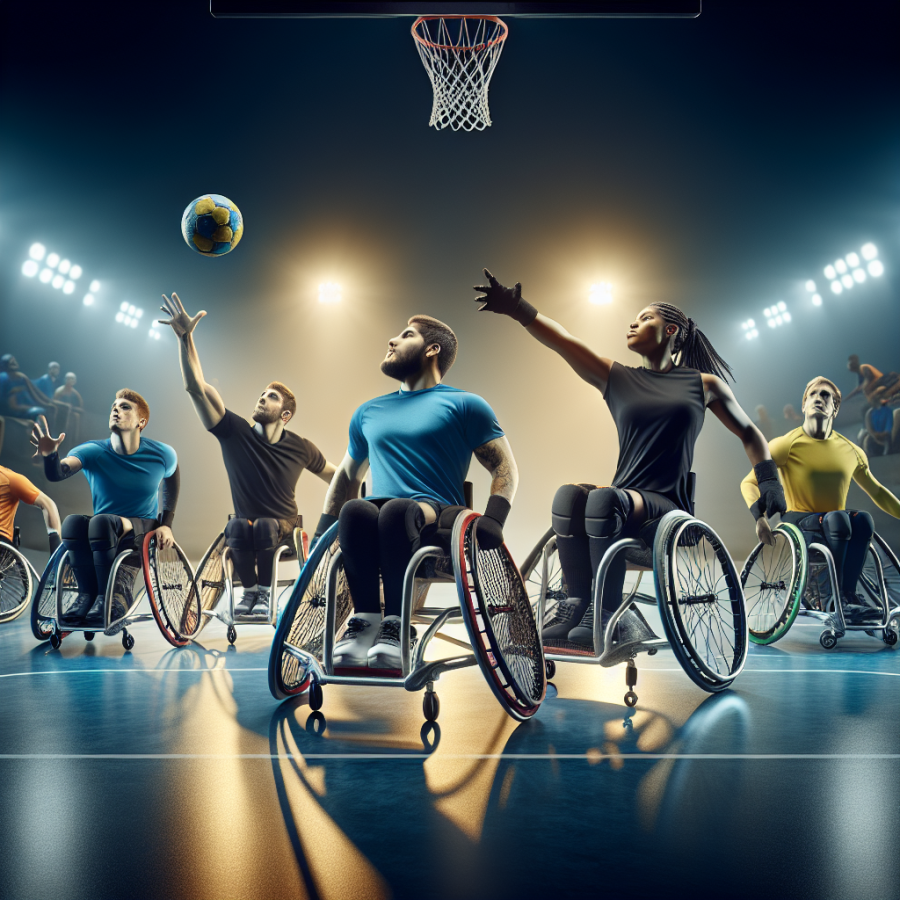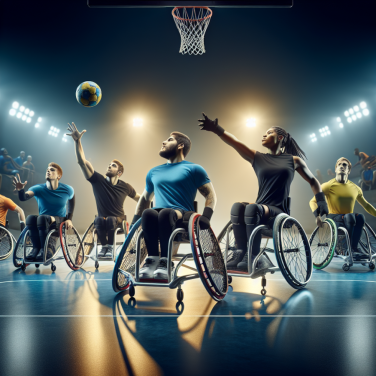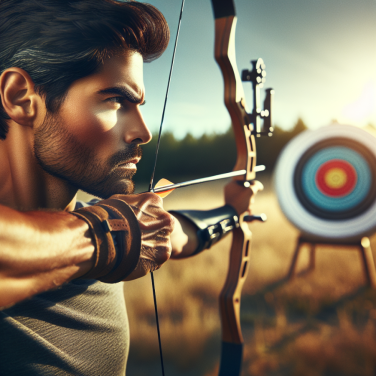The Thrill of the Game: How Wheelchair Handball Levels the Playing Field
Wheelchair handball has emerged as a vibrant sport that offers a unique combination of competition, skill, and inclusivity. This game is not just another sport — it represents a pioneering way to ensure athletic pursuits are accessible to all, regardless of physical ability. Its design perfectly encapsulates the essence of leveling the playing field for athletes who might otherwise be sidelined in traditional sports.
The thrill of the game comes from its fast-paced nature and the dynamic teamwork involved. Wheelchair handball players must exhibit quick reflexes, strategic thinking, and precise ball handling. As in stand-up handball, players aim to score goals by throwing the ball past a goalkeeper, but the difference here is the agility and endurance required to maneuver the wheelchair across the court — adding an intriguing layer of complexity and skill to the game.
One of the most commendable aspects of wheelchair handball is the inclusiveness embedded in its very foundations. The sport is designed to accommodate athletes with different levels of mobility impairment, promoting a culture of equality and mutual respect. Such inclusivity encourages not just participation but also fosters a sense of community among the players, making it a social as well as a physical pursuit.
Furthermore, wheelchair handball is a co-ed sport, which means it provides an opportunity for players of any gender to compete side by side. This integration helps challenge societal stereotypes and enhances the diversity within the sport, as players bring a wide range of experiences and styles to the court. And it's not just limited to those who use wheelchairs in their daily life; able-bodied individuals are also welcomed, which facilitates greater understanding and camaraderie between people of all abilities.
Training for wheelchair handball demands discipline and dedication. Players undergo rigorous practice sessions to hone their abilities to pass, shoot, and navigate the field in their wheelchairs. The workout that the sport offers is all-encompassing, targeting cardiovascular fitness, upper-body strength, and overall endurance. Wheelchair handball not only helps in improving physical health but also promotes mental well-being, as set routines and team interactions contribute to a positive and healthy lifestyle.
The competitive aspect of wheelchair handball should not be understated. The sport is governed by official rules and regulations that ensure fair play, and there are local, national, and international tournaments that foster a sense of healthy competition and ambition among participants. Through these events, players have the opportunity to not only showcase their talents but also inspire others to take part and push beyond personal and physical boundaries.
Read also:
Mastering Precision: The Art of Target Archery
Embracing Diversity on the Court: The Inclusive Nature of Wheelchair Handball
Wheelchair handball stands not just as a competitive sport but as a testament to the power of inclusivity within the athletic community. The versatile nature of this game makes it accessible to individuals with diverse physical abilities, transcending traditional notions of who can participate in high-energy, team-centric sports.
One of the defining features of wheelchair handball is the adaptability of the rules to accommodate the varying levels of abilities of the players. This flexibility ensures that everyone, regardless of their physical capabilities, can participate meaningfully in the game. Modifications to court size, goal height, and game duration are some of the ways that the sport can be tailored to the needs of the players, ensuring that the game is as inclusive and enjoyable as possible.
The inclusive nature of wheelchair handball can be seen not only in its adaptability but also in the diverse community it fosters. Participants include those who have disabilities from birth, veterans who have sustained injuries in service, individuals who have acquired disabilities through accidents, and even able-bodied friends, family members, and supporters who join in the camaraderie and competition. This melting pot of players contributes to a rich, supportive environment where the emphasis is on ability, teamwork, and mutual respect, rather than on limitations.
Furthermore, wheelchair handball facilitates social inclusion by providing a platform for individuals with disabilities to engage with peers who share similar experiences. The sense of belonging to a team and contributing towards a common goal can significantly enhance one’s self-esteem and social network. Regular interaction in practices and matches fosters deep bonds among players, strengthening the community and encouraging a positive group identity that radiates beyond the confines of the sport.
The ethos of wheelchair handball promotes equity and fairness, with specific rules in place to ensure that those with a higher level of impairment are as integral to the game as everyone else. For instance, the mixed-gender nature of many teams breaks down gender barriers, encouraging both men and women to engage in the sport on an equal footing.
One of the cornerstones of the inclusive philosophy of wheelchair handball is the creation of opportunities for personal development. Through coaching, mentorship, and leadership roles, participants can explore and attain new levels of personal achievement. This aspect of personal growth is not confined to the development of athletic skills; it also encompasses learning to strategize, communicate effectively, and work collaboratively towards common objectives.
Furthermore, the sport serves as a powerful tool for advocacy and awareness, challenging stereotypes about disability and demonstrating the capabilities of all athletes.




